Special Forces (Aircraft) get reloaded and the Super Sonic Ghost
From SOCOM’s upgraded MH-6 Little Bird to the rollout of the XB-70 Valkyrie, we look at the evolution of two very different aircraft built for speed, precision, and power.
“The hand of the aggressor is stayed by strength — and strength alone.”
- Dwight D. Eisenhower
Mission Briefing
“It is your streetfighter… When operators want to get to your front door, this is the aircraft they use.”
– Paul Kylander, PEO-Rotary Wing, on the MH-6 Little Bird
TAMPA, Fla. – The U.S. Special Operations aviation fleet is undergoing a sweeping transformation. From the agile MH-6 "Little Bird" to the workhorse MH-60 Black Hawk and the heavy-lifting MH-47 Chinook, nearly every airframe in SOCOM’s inventory is being upgraded to meet the demands of tomorrow’s fight. This rotary-wing refresh was front and center at the Global SOF Foundation’s Special Operations Forces (SOF) Week, where Program Executive Office-Rotary Wing officials revealed what’s next for the fleet—and when.
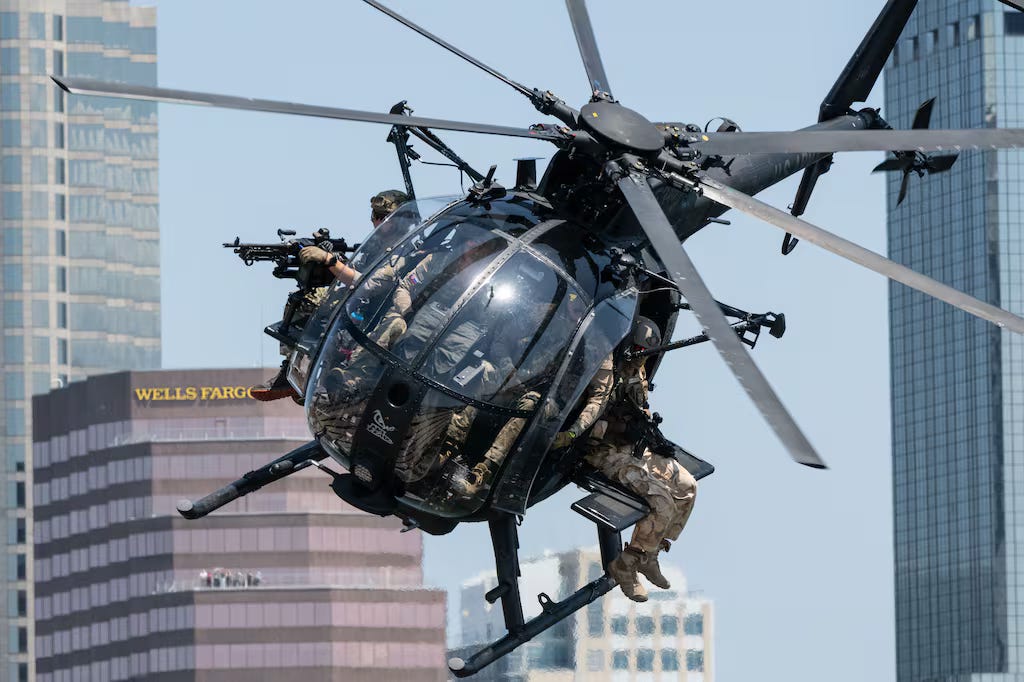
The Streetfighter: MH-6 Little Bird Evolves
Often seen flying nap-of-the-earth with operators clinging to its plank seats, the MH-6 Little Bird remains a uniquely tailored asset for Special Operations. Born from the legendary Hughes OH-6 Cayuse, the MH-6 has long punched above its weight. Designed for stealthy insertions, extractions, and direct-action raids in tight urban or mountainous terrain, the aircraft’s small profile and maneuverability have made it indispensable in Tier 1 operations from Panama to Iraq.
Now, the MH-6M "R" model is getting a serious makeover.
According to program manager Paul Kylander, the Little Bird is shedding weight to gain speed and range. Engineers are replacing the fuselage with advanced lightweight materials and trimming down the main and auxiliary fuel tanks, as well as refining the attack and assault planks. These changes are expected to dramatically improve agility and operational reach.
But it’s not just about dropping pounds.
The cockpit is being modernized with a new avionics suite, enabling better situational awareness and integrating seamlessly with a next-gen airborne tactical mission suite. This will allow operators and pilots to share critical targeting and navigation data in real-time. These improvements are projected to continue through 2034, with a decision on either a Block 4 upgrade or divestment expected between 2035 and 2042.
The Little Bird may be small—but it's getting meaner, smarter, and more survivable.
⚔️ Midweight Muscle: MH-60M Black Hawk Upgrades
The MH-60M, the special operations variant of the Black Hawk, is also undergoing extensive modernization. This includes:
Next-gen comms and tactical data links
Improved sensors and sensor fusion
Enhanced navigation tools for degraded visual environments (DVE)
Lt. Col. Cameron Keogh highlighted the addition of the Joint Air-to-Ground Missile (JAGM), GAU-19 gun pods, and a helmet display tracking system that aligns pilot sight with weapon systems. A lightweight armament wing and M-230 chain gun recoil dampers give the MH-60M even more flexible firepower.
Maintenance and survivability are getting attention too:
New crew chief seating, Silent Knight Radar nose door reconfigurations, upturned exhausts, and engine inlet barrier filters are being integrated to enhance performance in high-dust or austere environments.
Crucially, the GE T901 Improved Turbine Engine—the same engine tapped for the Army’s Future Attack Reconnaissance Aircraft (FARA)—will provide more power, efficiency, and lifespan to the Black Hawk fleet.
Heavy Hitter: MH-47G Chinook Steps into the Future
On the heavy-lift end, the MH-47G Chinook remains essential for long-range insertion, resupply, and fire support missions. Even with nearly six decades of operational history, the Chinook is getting smarter and more capable.
Lt. Col. Thomas Brewington described new Active Parallel Actuator Subsystems that enhance flight control. This technology provides tactile cueing, alerting pilots when they approach aircraft performance limits and reducing workload during high-risk flight profiles.
In October 2024, a Chinook test crew at Redstone Arsenal successfully completed a “hands-off” autonomous landing, marking a milestone toward semi-autonomous—and eventually unmanned—rotary operations.
With upgrades to flight control pallets, increased payload capability, and a push toward pilot assist and autonomy, the Chinook remains a cornerstone of SOCOM mobility into the 2040s.
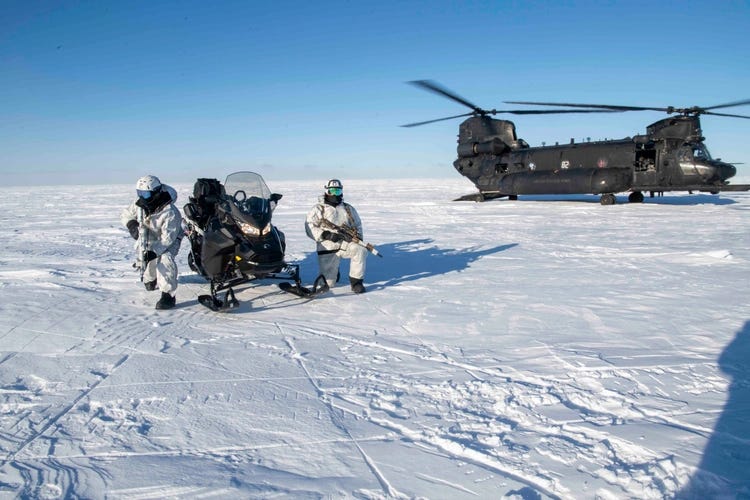
What It All Means
SOCOM’s rotary wing fleet is transforming into a modular, lethal, and smarter force. Each aircraft—light, medium, or heavy—is being tuned to operate in tomorrow’s battlefield: one defined by near-peer threats, degraded environments, and the demand for fast, flexible precision.
Whether it’s the “streetfighter” Little Bird darting through alleyways, the Black Hawk laying down suppressive fire while extracting a team, or the Chinook delivering troops deep behind enemy lines—the rotorcraft of SOF are getting sharper, faster, and more dangerous than ever.
Did You Know?
The MH-6 Little Bird’s Combat Legacy
The MH-6 and its gunship variant, the AH-6, earned their stripes in some of the most high-risk missions in U.S. special operations history.
First blood: The Little Bird first saw combat during the 1983 U.S. invasion of Grenada (Operation Urgent Fury), where it was used for reconnaissance and precision insertion of special forces.
It gained global notoriety during the 1993 Battle of Mogadishu, depicted in Black Hawk Down, where AH-6s provided close air support in tight urban alleys, flying mere feet above rooftops to suppress enemy fire and protect pinned-down Rangers and Delta Force operators.
In Iraq and Afghanistan, the Little Bird became a staple of night raids, often launching from rooftop FARP sites or hovering silently in blackout conditions—its compact size and low noise signature making it ideal for stealth insertions in densely populated areas.
Special operators have even used “fast-rope plank” tactics—deploying from the sides of MH-6s in mid-air onto buildings, boats, or rooftops, when landing wasn’t an option.
Despite its small size, the AH-6 variant has packed a serious punch with configurations that include M134 Miniguns, Hydra 70 rocket pods, and Hellfire missiles—turning it into a deadly aerial sniper’s perch.
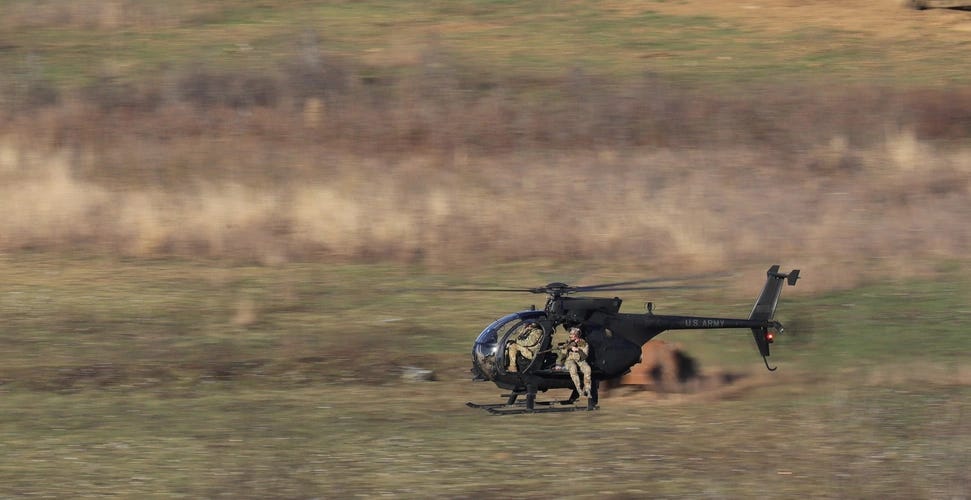
From street-to-street firefights to mountaintop extractions, the Little Bird has proven one thing: never underestimate the small guy in the fight.
This Week in Aviation History
11 May 1964 – Palmdale, California: The Valkyrie Emerges
A shimmering white delta shape emerged from the hangar doors at Air Force Plant 42, drawing gasps from the crowd of over 5,000 onlookers. What they were witnessing was the public debut of one of the most audacious aircraft ever built: the North American XB-70A Valkyrie.
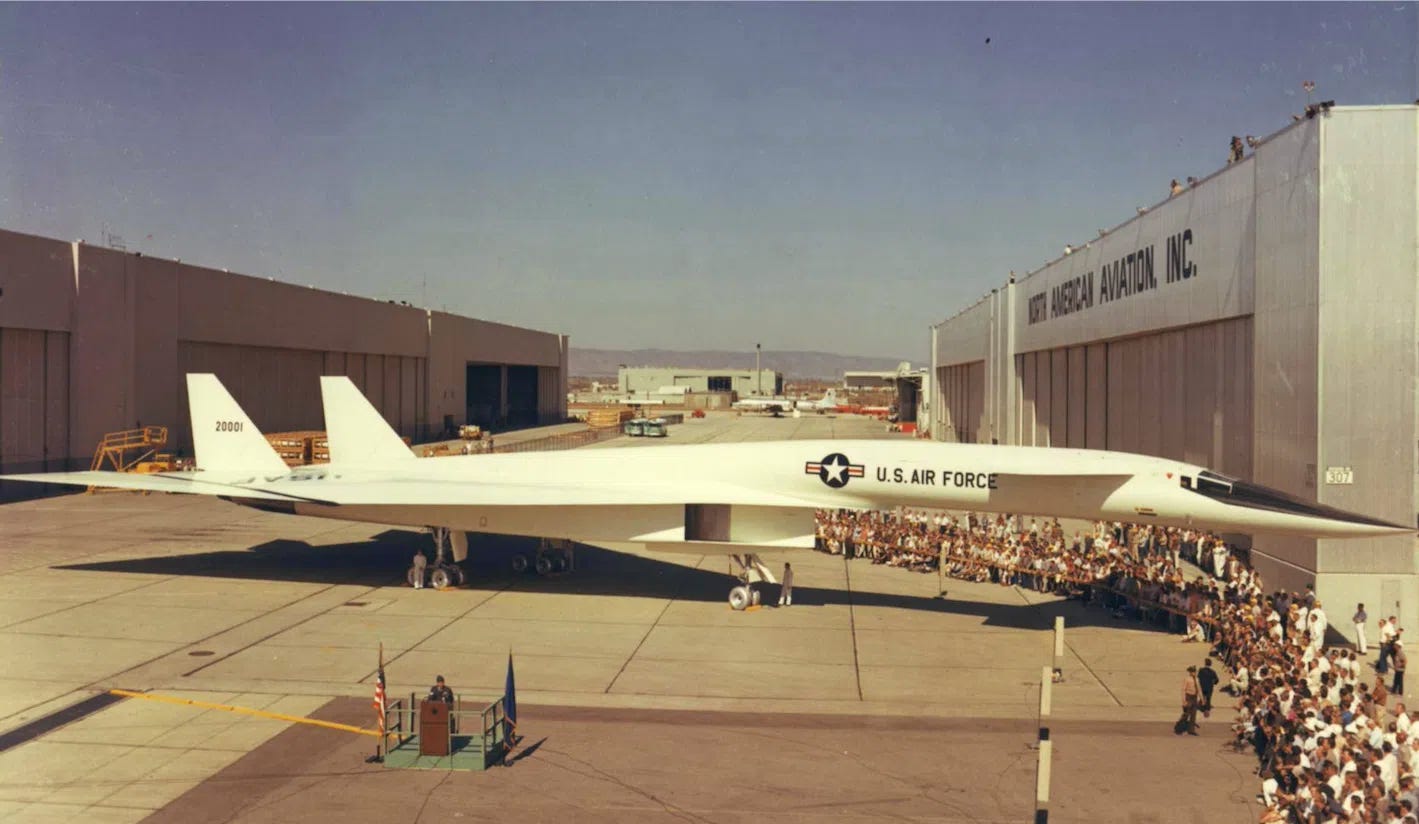
With its razor-edged delta wing, forward canards, and six screaming afterburning turbojets clustered at the tail, the XB-70 wasn’t just an experimental bomber—it was an attempt to rewrite the laws of supersonic flight.
Originally envisioned as a Mach 3+, 70,000-foot high-altitude nuclear strike platform, the Valkyrie was a Cold War answer to Soviet missile defenses. Designed to "ride" its own supersonic shockwave using a technique called compression lift, the B-70 was decades ahead of its time in both concept and construction. Its titanium and stainless-steel skin had to withstand the punishing friction of sustained hypersonic speeds—technology so advanced it pushed the limits of 1960s metallurgy and manufacturing.
At nearly 200 feet long with a 105-foot wingspan, this behemoth wasn't just fast—it was massive. Powered by six General Electric YJ93-GE-3 turbojets that guzzled specially formulated JP-6 high-temperature fuel, the XB-70 could reach speeds of Mach 3.08 and altitudes above 74,000 feet—faster and higher than any other bomber before or since.
But the Valkyrie's moment was fleeting. As Soviet air defenses shifted from gun-based systems to surface-to-air missiles, high-speed, high-altitude bombing became less viable. Budget cuts and strategic doctrine changes led to the cancellation of the B-70 program, with only two prototypes ever completed.
The first aircraft, 62-0001, made its maiden flight on 21 September 1964 and flew 83 test missions before being retired in 1969. Its sibling, 62-0207, was tragically lost in a mid-air collision during a photo op with other aircraft in 1966.
The Valkyrie never entered service, but its legacy lives on in the design of later high-speed aircraft, including the SR-71 Blackbird and even modern hypersonic research platforms. Today, XB-70 62-0001 rests at the National Museum of the United States Air Force, a ghost of what might have been—and a monument to what was technologically possible.
🚨 Want to see this incredible aircraft in motion and learn more about how it influenced future bombers?
Check out my full video on the XB-70 Valkyrie—link in the next section.
In Case You Missed It
As promised, here is a further dive into the XB-70
Photo Outlet
Every issue of Hangar Flying with Tog gets you a free image that I’ve taken at airshows:
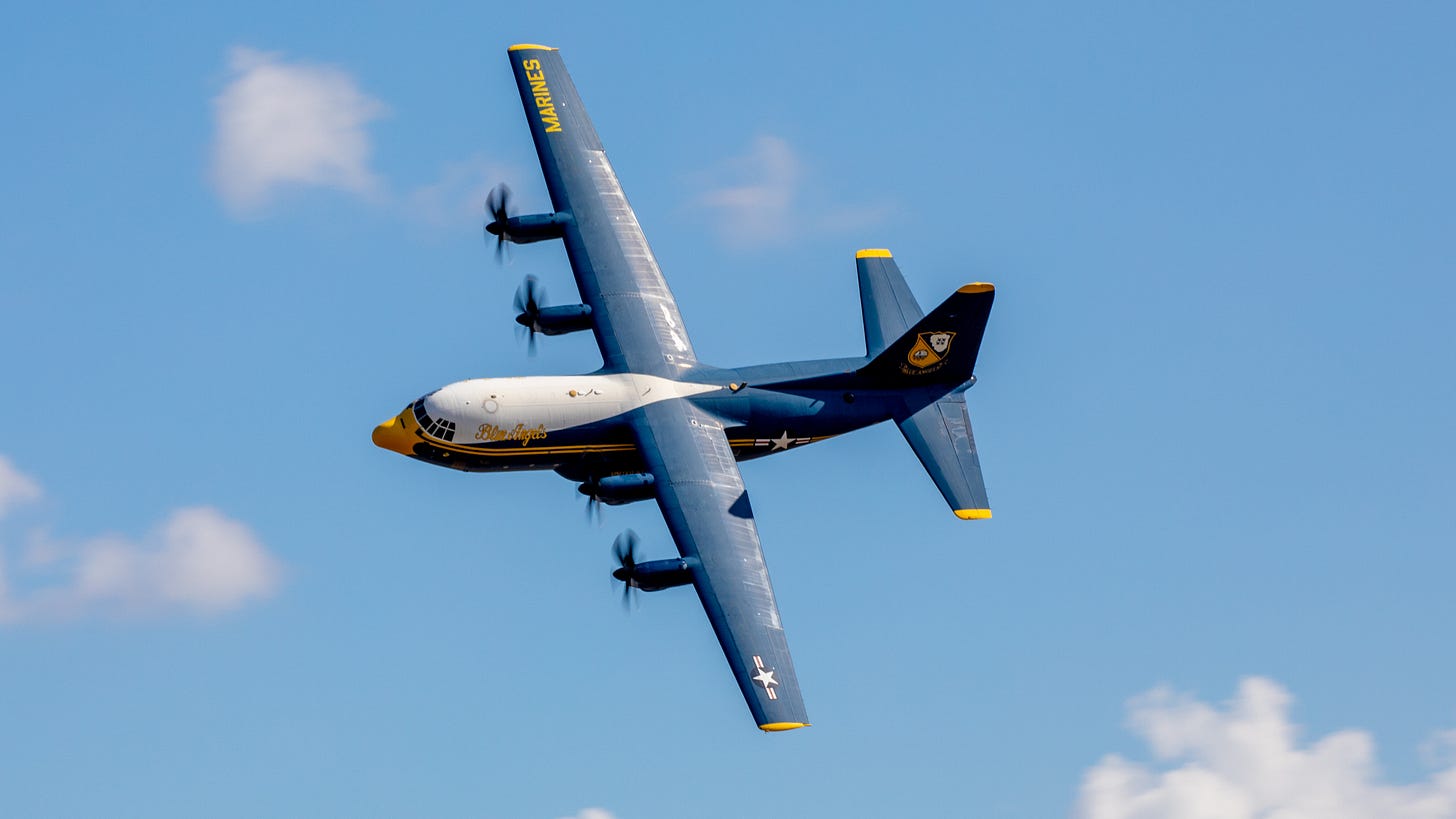
Feel free to use these photos however you like, if you choose to tag me, I am @pilotphotog on all social platforms. Thanks!
Post Flight Debrief
Like what you’re reading? Stay in the loop by signing up below—it’s quick, easy, and always free.
This newsletter will always be free for everyone, but if you want to go further, support the mission, and unlock bonus content, consider becoming a paid subscriber.
Your support keeps this flight crew flying—and I couldn’t do it without you.
– Tog



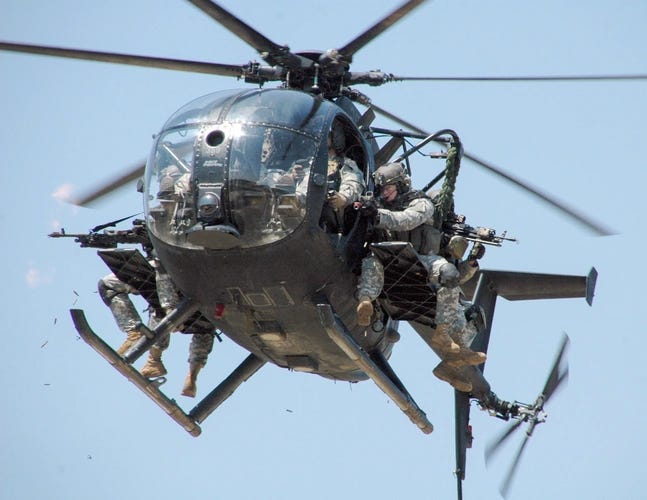

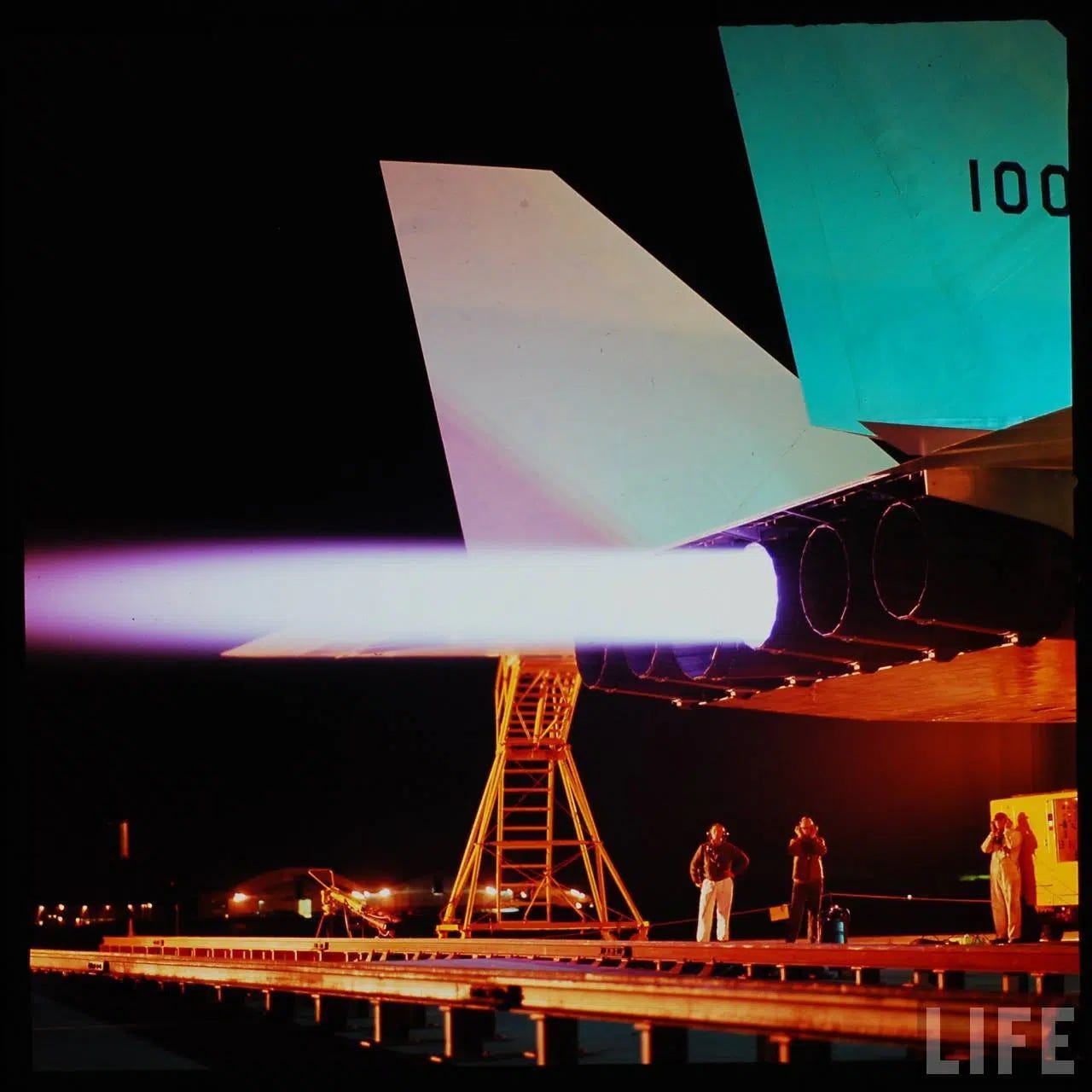
I'm disappointed that you didn't mention the Little Bird's predecessor, the OH-6 Cayuse, and it's admirable service in Vietnam beginning in the early 60's